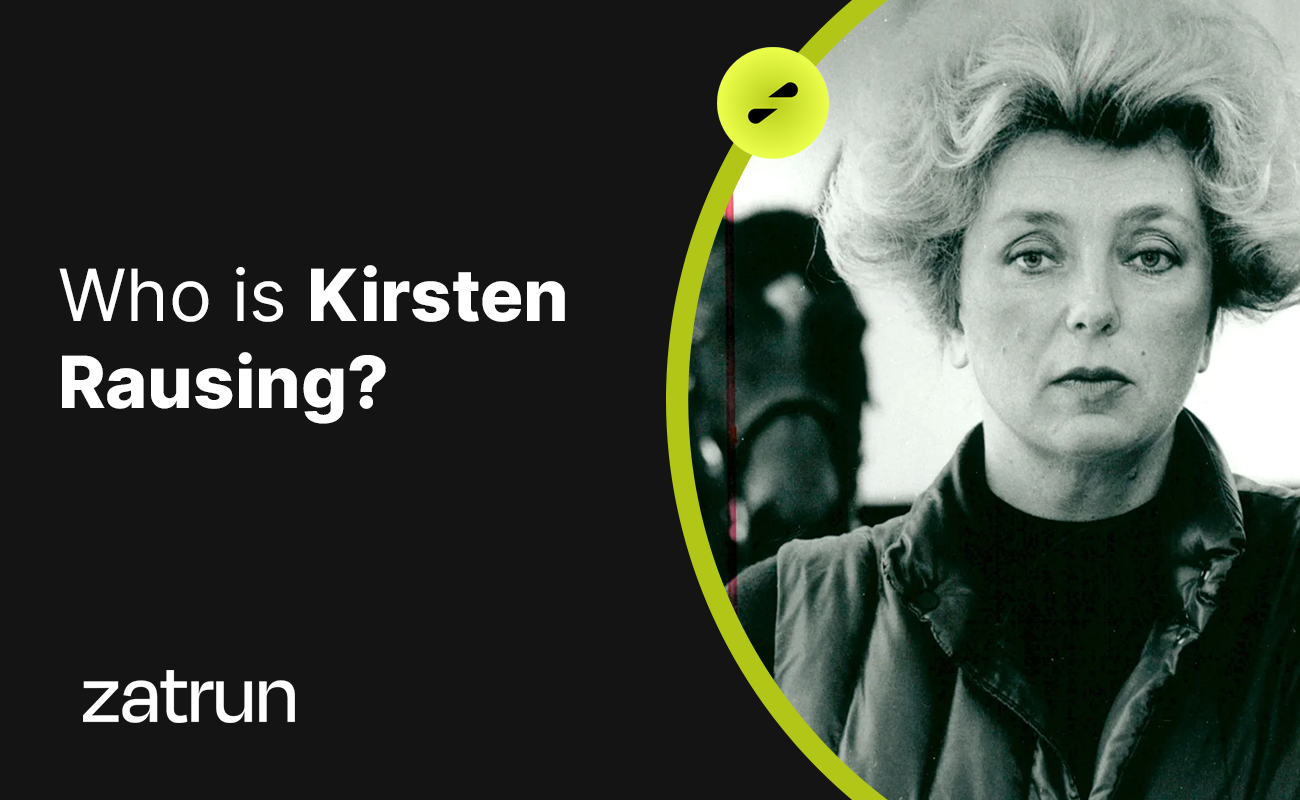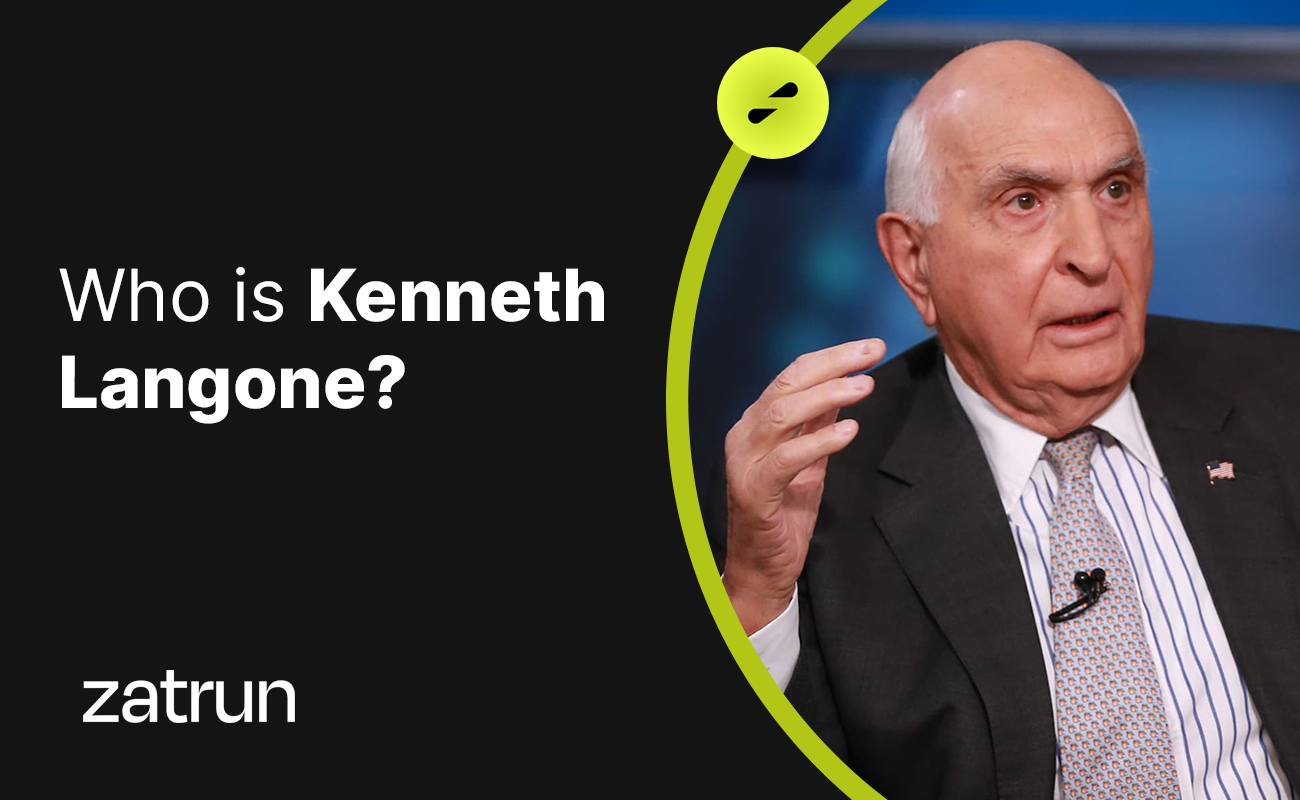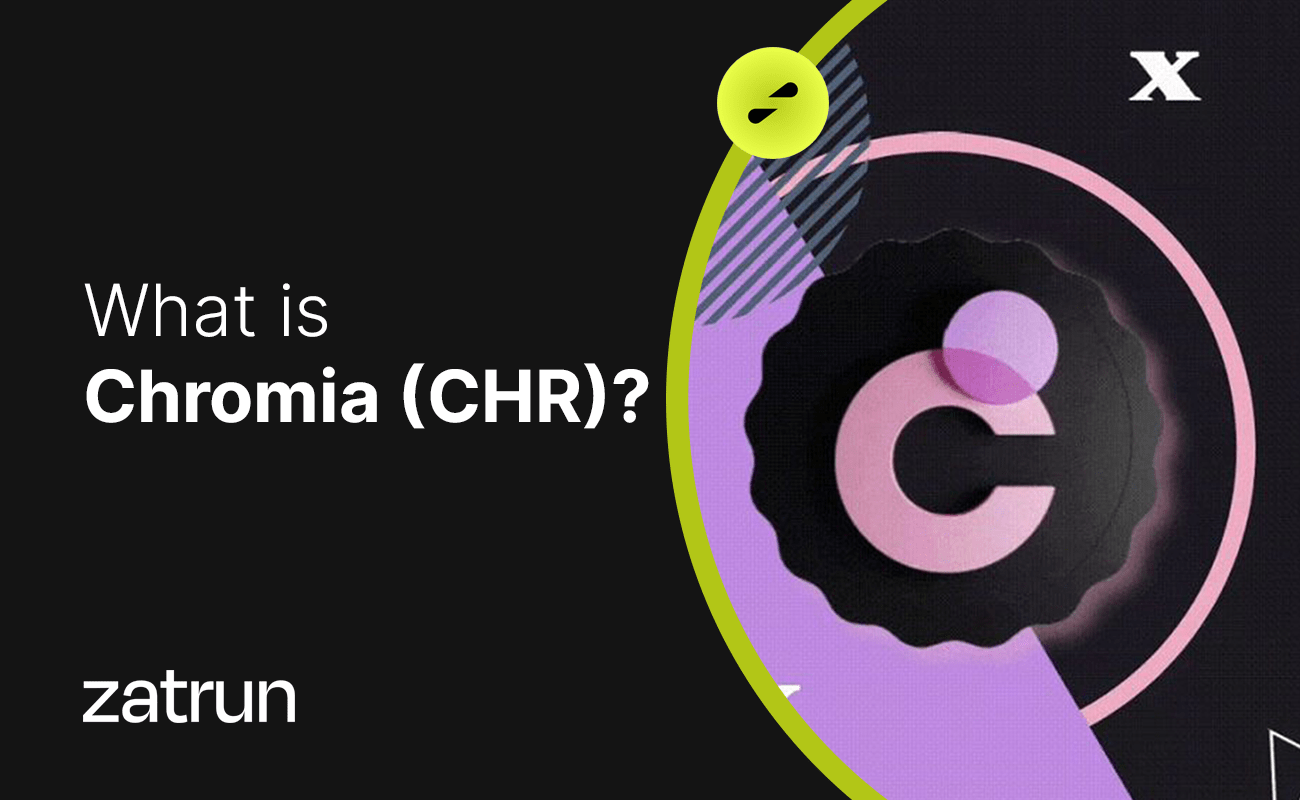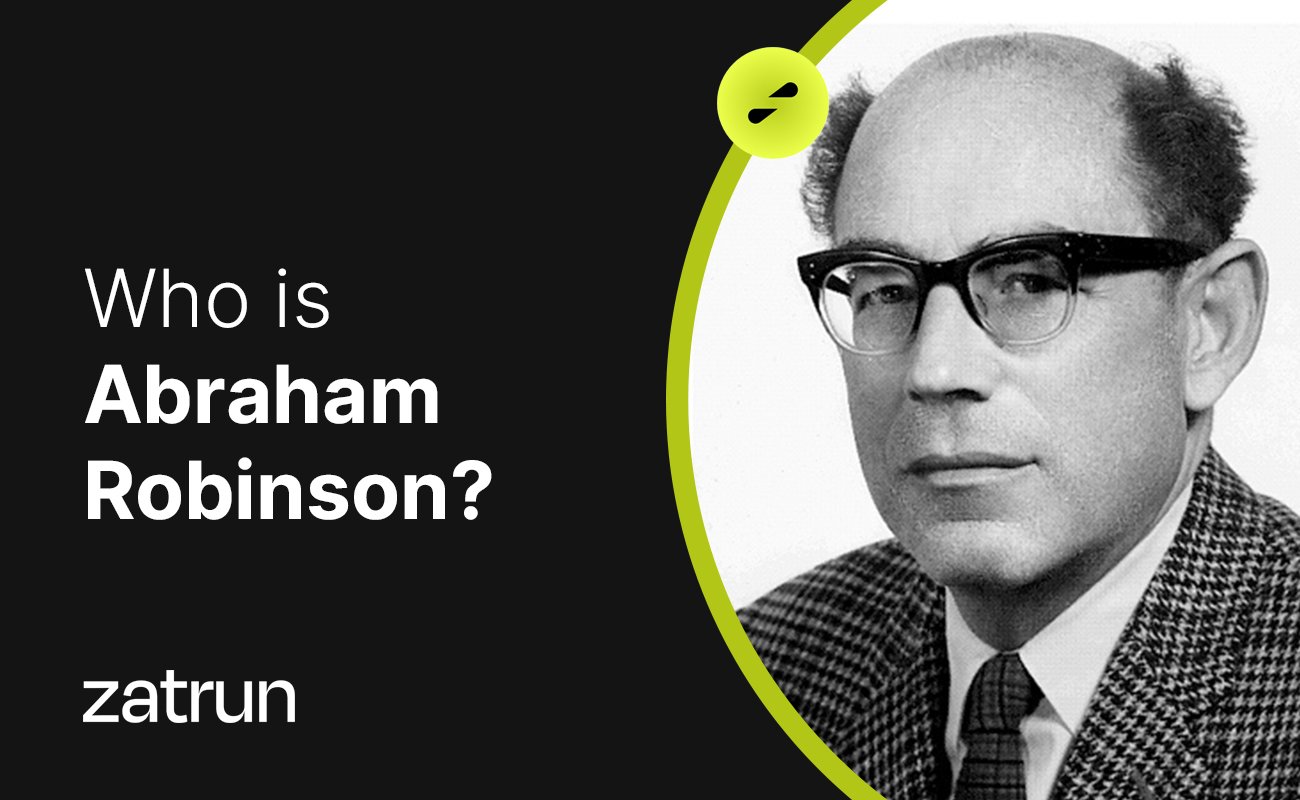Paul Romer 101: Who is the Famous American Economist? In this article on Zatrun.com, we will cover in detail everything you need to know about Paul Romer, the famous American economist that our readers are curious about.
Who is Paul Romer?
Paul Michael Romer was born to former Colorado Governor Roy Romer and Beatrice “Bea” Miller. He has four brothers and two sisters, including Chris Romer, a former Colorado state senator. Romer graduated from Phillips Exeter Academy in 1977. he received his B.A. in mathematics and Ph.D. in economics from the University of Chicago in 1983. He also received his master’s degree from the Massachusetts Institute of Technology (MIT) in 1977-1979 and from Queen’s University in Kingston, Canada in 1979-1980.
Paul Romer is an American economist who shared the Nobel Prize in Economics with William Nordhaus in 2018 for his contributions to the theory of internal growth. Romer won the award for “integrating technological innovations into long-term macroeconomic analyses”. He served as the chief economist and senior vice president of the World Bank until he resigned in January 2018 following a controversy over the possible political manipulation of Chile’s “ease of doing business” ranking. Paul Romer had taken a leave of absence from his position as a professor of economics at the NYU Stern School of Business to join the World Bank.

In addition to his studies at the World Bank and NYU, Romer worked as a professor of economics at the University of Chicago, the University of California, Berkeley, the Stanford Graduate School of Business and the University of Rochester. He is also a senior fellow at the Stanford Institute for International Development, the Stanford Institute for Economic Policy Research, the Hoover Institution, and a member of the Center for Global Development.
His Contributions and Achievements
Paul Romer is known for his contributions to the development of the theory of internal growth, which is influential in the field of economic growth. Paul Romer, who was named one of the 25 most influential people in America by Time Magazine in 1997 for his groundbreaking work, was awarded the Horst Claus Recktenwald Economics Prize in 2002. Also in 2015, John R, who was awarded from the Economics honor society Omicron Delta Epsilon. He received the Commons Award.
Romer’s extensive research on long-term economic growth in the 1950s and 1960s focused on economic growth research. As an example, the Solow-Swan model has identified the priority of technological advances in accounting for continuous increases in output per worker. In his thesis, prepared under the supervision he constructed mathematical representations of economies in which technological change is the result of deliberate actions, such as research and development.

Based on this thesis, Romer published two articles in the Journal of Political Economy in 1986 and 1990, which initiated the theory of internal growth. He has taught at the University of Rochester, the University of Chicago, the University of California, Berkeley, Stanford University and New York University.
Charter Cities
Paul Romer tried to repeat the success of charter cities and make them an engine of economic growth in developing countries. According to his model, cities would have separate, independent special laws separate from the countries where they are located. He presented this idea in a TED talk in 2009, arguing that less developed nations could find a different and better way to grow with better rules and institutions. In his model, the host country would transfer the charter city’s responsibility to a more developed board of trustees, allowing new governance rules to emerge. People used to “vote with their feet” for these rules.
The Honduran government considered creating contract cities without the supervision of a third-party government, which some have called a new form of colonialism. Romer served as the chairman of a “transparency committee” but resigned in September 2012 when the Honduran government agency responsible for the project signed agreements with international developers without the committee’s participation.
The World Bank
Paul Romer became the World Bank’s Chief Economist in October 2016. He resigned on January 24, 2018, following the controversy that Chile’s socialist President Michelle Bachelet started during an interview with The Wall Street Journal on January 12, following her tenure.
Since 2014, Chile’s ease of doing business ranking has been downgraded by the World Bank due to changes in methodology, which it claims may be for political reasons. Augusto Lopez-Claros, a former World Bank economist and Chilean economist who determined Chile’s ranking, has denied this claim.
Nobel Prize in Economics
Paul Romer was awarded the Nobel Prize in Economics in 2018, which he shares with William Nordhaus. The Royal Swedish Academy of Sciences has selected Romer as one of the nominees for the 2018 economics prize, noting that he has demonstrated how knowledge can function as a driving force for long-term economic growth. Paul Romer had not modelled how previous economic decisions, macroeconomic studies, and market conditions determine the creation of new technologies.

Romer’s study filled this gap by showing how economic forces govern firms’ willingness to produce new ideas and innovations. After receiving the award, Romer explained how he began to think about the relationship between growth and innovation: “The first question I asked was, why was progress Decelerating over time? It stems from this special feature of an idea: if something is being tried to be discovered (by a million people) and anyone finds it, everyone can use the idea.” On the day he received the award, Romer married Caroline Weber, a professor of French literature at Barnard College.
Academic Publications
Paul Romer has several notable publications to his name, including his “Great Cycles”, for which he co-authored with George Evans and Seppo Honkapohja in the American Economic Review (1998). He also contributed an article titled “Preferences, Promises and Entitlement Politics” to “Individual and Social Responsibility: Child Care, Education, Medical Care and Long-Term Care in America” (University of Chicago Press, 1995).
Paul Romer also authored “New Goods, Old Theory, and the Welfare Costs of Trade Restrictions” in the Journal of Development Economics (1994), and “Looting: The For-Profit Economic Underworld of Bankruptcy” in Brookings Papers on Economics with George Akerlof. Activity (1993) and “Economic Integration and Internalization” in the Quarterly Journal of Economics with Luis Rivera-Batiz (1991).
“Decaying Incomes and Long-Term Growth” (Journal of Political Economy, 1986) and “Eating Cake, Babbling and Splashing: Existential Consequences for Variational Questions” (Econometrica 54, 1986). Romer’s previous works include “Internal Technological Change” (Journal of Political Economy, October 1990). “Rising Incomes and Long-Term Growth” (Journal of Political Economy, 1986).












